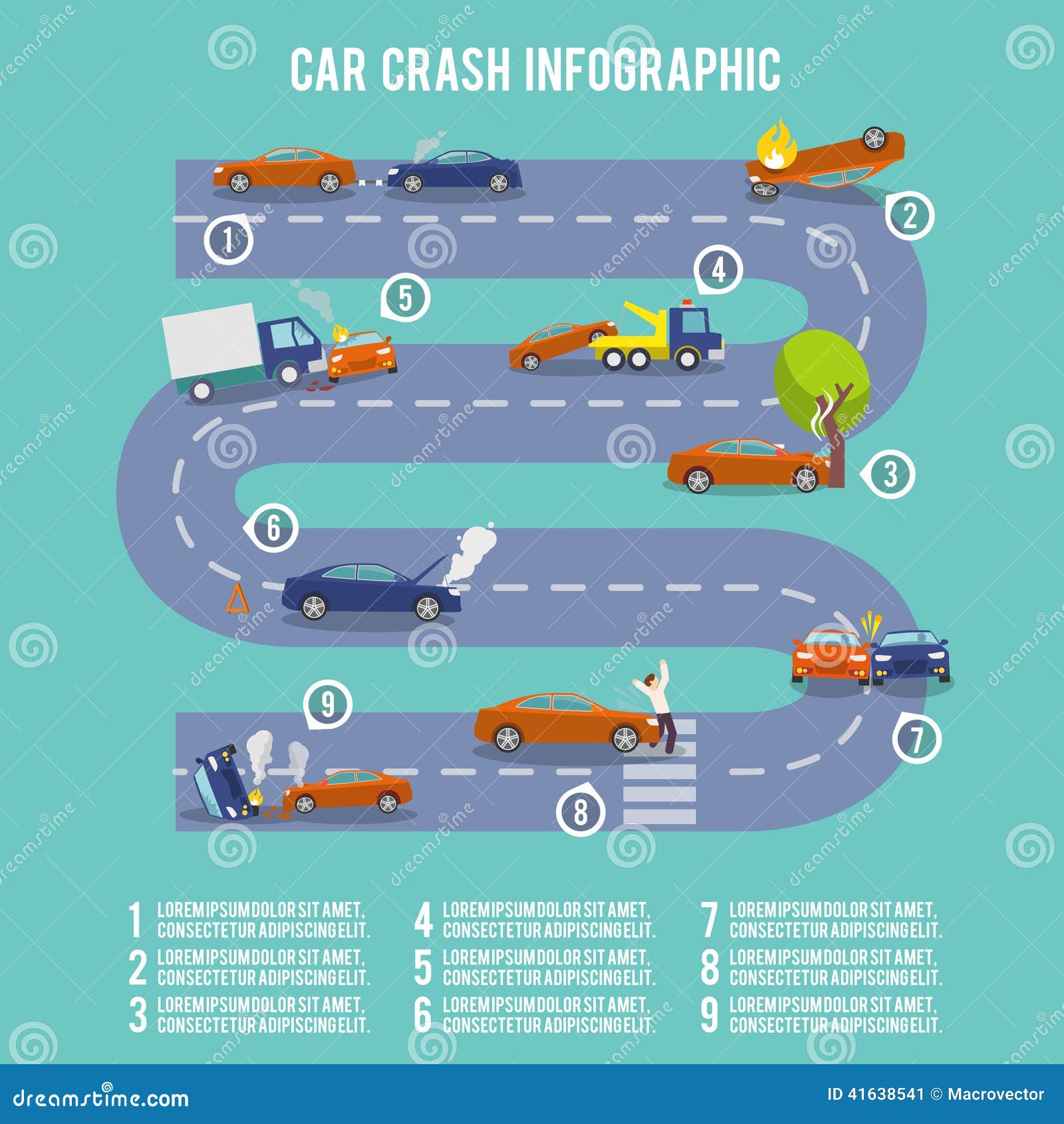Comprehending The Definition Behind Your Automobile'S Warning Lighting: An In-Depth Look
Comprehending The Definition Behind Your Automobile'S Warning Lighting: An In-Depth Look
Blog Article
Article By-Boye Dalgaard
When you're behind the wheel, those glowing caution lights on your dashboard can be a little bit bewildering. Do you understand what they're attempting to tell you concerning your car's health? Recognizing grooming cars of these lights is essential for your safety and the longevity of your lorry. So, the next time one of those lights pops up, would not you intend to decipher its message precisely and take the necessary actions to resolve it?
Common Caution Lights and Interpretations
Identify typical caution lights in your automobile and comprehend their meanings to make sure safe driving.
One of the most normal warning lights include the check engine light, which indicates problems with the engine or discharges system. If this light begins, it's essential to have your automobile inspected quickly.
The oil pressure advising light shows reduced oil pressure, requiring prompt interest to prevent engine damage.
A flashing battery light might recommend a damaged charging system, possibly leaving you stranded if not addressed.
The tire pressure monitoring system (TPMS) light signals you to reduced tire pressure, affecting automobile stability and gas performance. Neglecting this could bring about risky driving problems.
The abdominal muscle light shows a problem with the anti-lock braking system, jeopardizing your ability to stop swiftly in emergencies.
Lastly, the coolant temperature warning light warns of engine overheating, which can cause extreme damage otherwise resolved promptly.
Understanding these usual caution lights will certainly aid you deal with concerns quickly and preserve risk-free driving conditions.
Significance of Prompt Interest
Recognizing the usual caution lights in your auto is only the primary step; the value of without delay attending to these warnings can't be emphasized enough to guarantee your safety and security on the road.
When a caution light illuminates on your dashboard, it's your automobile's way of connecting a possible issue that needs attention. Ignoring these cautions can cause much more extreme issues in the future, compromising your security and potentially costing you much more out of commission.
Trigger focus to cautioning lights can prevent breakdowns and accidents. For instance, a blinking check engine light might indicate a misfire that, if left unattended, might cause damage to the catalytic converter. Addressing this immediately can save you from a pricey repair work.
In a similar way, a brake system cautioning light could indicate low brake fluid or worn brake pads, vital parts for your security when driving.
DIY Troubleshooting Tips
If you see a caution light on your dashboard, there are a couple of DIY troubleshooting ideas you can try before seeking professional help.
The initial step is to consult your vehicle's manual to recognize what the particular caution light shows. Occasionally https://www.kfyrtv.com/2022/07/18/disney-land-or-fix-ac-when-it-gets-hot-sometimes-its-not-an-easy-decision/ can be as easy as a loose gas cap activating the check engine light. Tightening up the gas cap might fix the trouble.
An additional usual concern is a low battery, which can set off different warning lights. Inspecting click for more for corrosion and guaranteeing they're safe might take care of the problem.
If a warning light persists, you can try resetting it by disconnecting the auto's battery for a couple of mins and then reconnecting it. Furthermore, inspecting your automobile's fluid levels, such as oil, coolant, and brake fluid, can aid repair alerting lights connected to these systems.
Final thought
In conclusion, recognizing your vehicle's warning lights is crucial for keeping your car running smoothly and safely. By quickly attending to these notifies and knowing what they imply, you can prevent costly repairs and potential break downs.
Remember to consult your cars and truck's guidebook for certain details on each cautioning light and take action appropriately to ensure a hassle-free driving experience.
Stay informed, remain risk-free when traveling!
